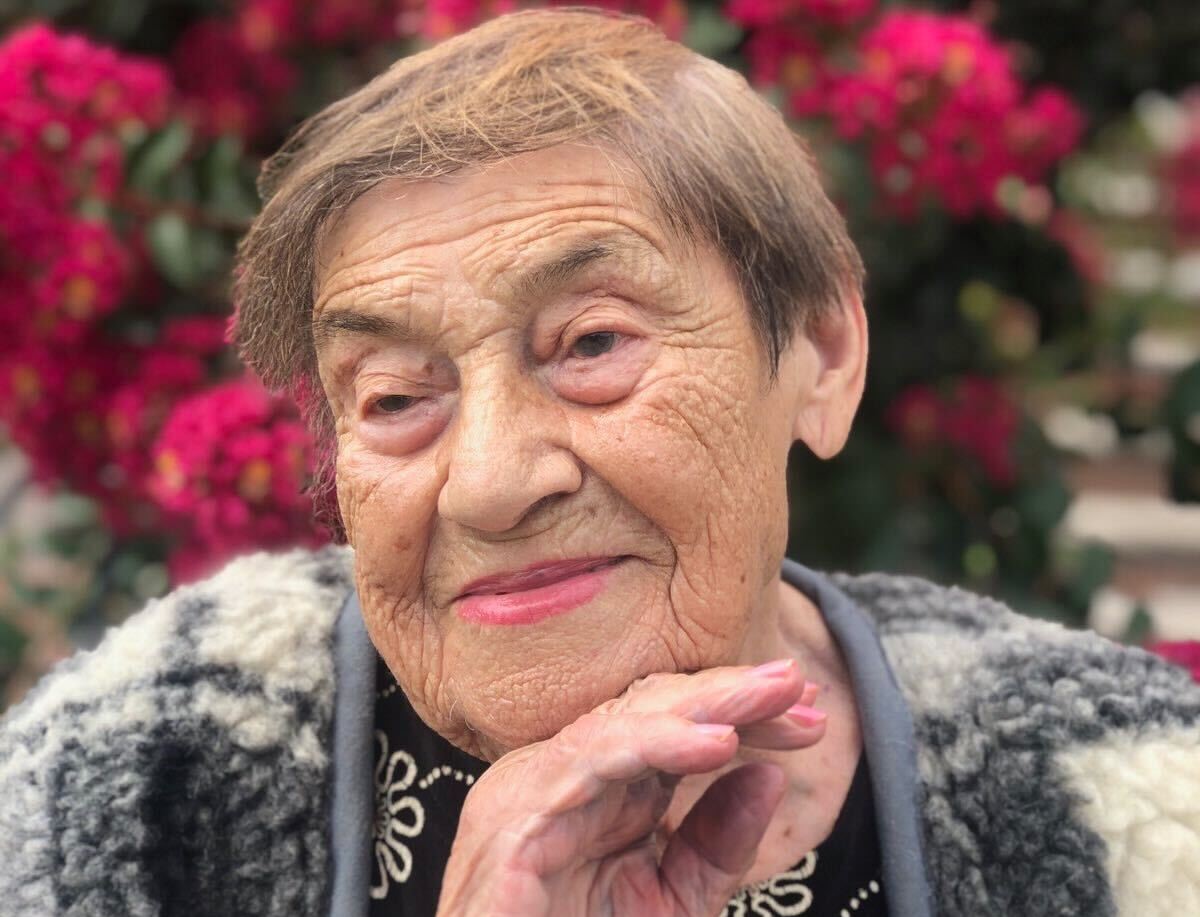Brooklyn Driver Charged in Death of Survivor Mayya Gil, Cropsey Avenue Safety Lags

The tragic death of a 95-year-old Holocaust survivor on Brooklyn’s streets underscores both the city’s progress and its limitations in protecting its most vulnerable pedestrians.
Mayya Gil saw off the Nazi occupation of Ukraine, survived the calamity at Chernobyl, and outlasted COVID-19’s early ravages in New York—only to perish on the asphalt of Cropsey Avenue. On a chilly afternoon in January, Gil, age 95, was struck and killed while crossing a street not far from her home, accompanied by her home health aide. The driver, Thimothe Andre, 64, a local resident, was arrested six months later. The episode has reignited concerns about traffic safety in a city that remains as hazardous for the elderly on foot as it is hospitable to newcomers.
Police say that Andre, piloting a cargo van, struck Gil and her aide while making a turn; the health aide survived but Gil did not, succumbing later at a nearby hospital. Andre remained at the scene and, initially, faced no charges. Only in July, after a more thorough investigation, did the NYPD press criminal counts: two for failure to yield and one for failure to exercise due care.
Such incidents, sadly, are a familiar refrain in New York’s traffic carnage. According to city data, through mid-July 2025, 100 people had died in vehicular crashes this year. Pedestrians accounted for roughly half—a proportion both sobering and stubbornly persistent. That the death toll is down from last year’s 137 offers meagre solace to families like Gil’s, or to policy-makers struggling to reconcile urban mobility with genuine street safety.
The cost of such accidents rarely ends at the scene. Brooklyn’s elderly, especially immigrants such as Gil, are often among the most diligent urban pedestrians, yet all are vulnerable to the city’s complex traffic choreography. The consequences ripple out: trauma for families, higher insurance and healthcare costs, a gnawing sense of insecurity for everyone negotiating crosswalks in the outer boroughs.
There is, too, a puncturing of civic pride and self-image. New York has spent two decades trumpeting its “Vision Zero” commitment—a suite of traffic reforms inaugurated in 2014 to drive down fatalities through redesigns, stricter enforcement, and public education. While those initiatives have delivered some success, the city’s pace of improvement is lethargic. The numbers, like the crosswalks themselves, have moved only incrementally.
The day-to-day realities on streets like Cropsey Avenue highlight a persistent mismatch between policy and practice. Even in neighborhoods with older populations and longstanding immigrant enclaves, basic road features—signal timing, curb cuts, visible signage—often lag behind the best evidence for safety. Compliance with traffic regulations, such as yielding to pedestrians or slowing for turns, fluctuates widely in the city’s teeming, distracted motorist culture.
Those failings expose deeper urban tensions: between the drive for efficiency and the obligation to mitigate harm, between the ambitions of grand policy and the puny increments of street-by-street progress. Recent years have seen local advocacy groups call for more aggressive enforcement and infrastructural tweaks. Yet each individual fatality brings a predictable cycle of memorials, promises, and short-lived news coverage, followed by a return to routine.
Gil’s story has gained more than passing attention partly because of her remarkable—and tragic—biography. Having survived the twentieth century’s worst cataclysms, including the Holocaust and the Chernobyl disaster, before starting anew in New York in 1992, her death by van seems to bely the promise of sanctuary in America’s largest city. She was known as a fixture in her Jewish community and as the matriarch to seven great-grandchildren—a poignant symbol of endurance now undone by a routine street crossing.
The unfulfilled promise of Vision Zero
Comparisons with peer cities prove equally tepid. London and Tokyo, for instance, have reduced pedestrian fatalities more quickly in recent years, thanks to aggressive investment in street redesigns, lower urban speed limits, and automated enforcement. Some American cities, like Seattle, have adopted similar tactics with a bit more zeal. Here, New York’s patchwork approach looks increasingly outmoded—hampered by municipal inertia, the city’s labyrinthine streets, and a vocal coalition of drivers opposed to new traffic restrictions.
Politically, the tragedy has produced little by way of reckoning. Recent elections have featured tepid debate on street safety, with larger policy attention diverted to crime, congestion charging, and transit funding. The NYPD, for its part, does not often arrest drivers in pedestrian death cases, usually deferring to the accident’s particulars and the presence (or absence) of intent or intoxication. Andre’s delayed arrest might signal a shift—though it could just as easily mark a one-off response to public pressure and the unique horror of Gil’s demise.
Economically, high rates of traffic injury impose a quiet but hefty burden on the city. Emergency care, long-term recovery, and the costs to families—lost earnings, diminished independence—seldom produce headline numbers but are keenly felt in communities with high proportions of elderly and working-class residents.
We reckon, in short, that New York’s incremental progress is, for now, insufficient. The city has cobbled together policy fixes and can point to some decade-on-decade reduction in overall deaths, but it still falls short of offering its oldest residents—or indeed any pedestrian—more than statistical odds in the daily game of street crossing. Ultimately, the measure of an urban society is in how it protects those who have the least margin for error.
As the city debates congestion pricing and cheers the return of tourism and commerce, such fatal tragedies warrant more than passing lamentation or legislative tweaks. For New Yorkers, Gil’s death should serve not just as a mournful local footnote, but as a spur to revisit why streets built for speed so often forsake those who move at a slower, human pace. ■
Based on reporting from Gothamist; additional analysis and context by Borough Brief.